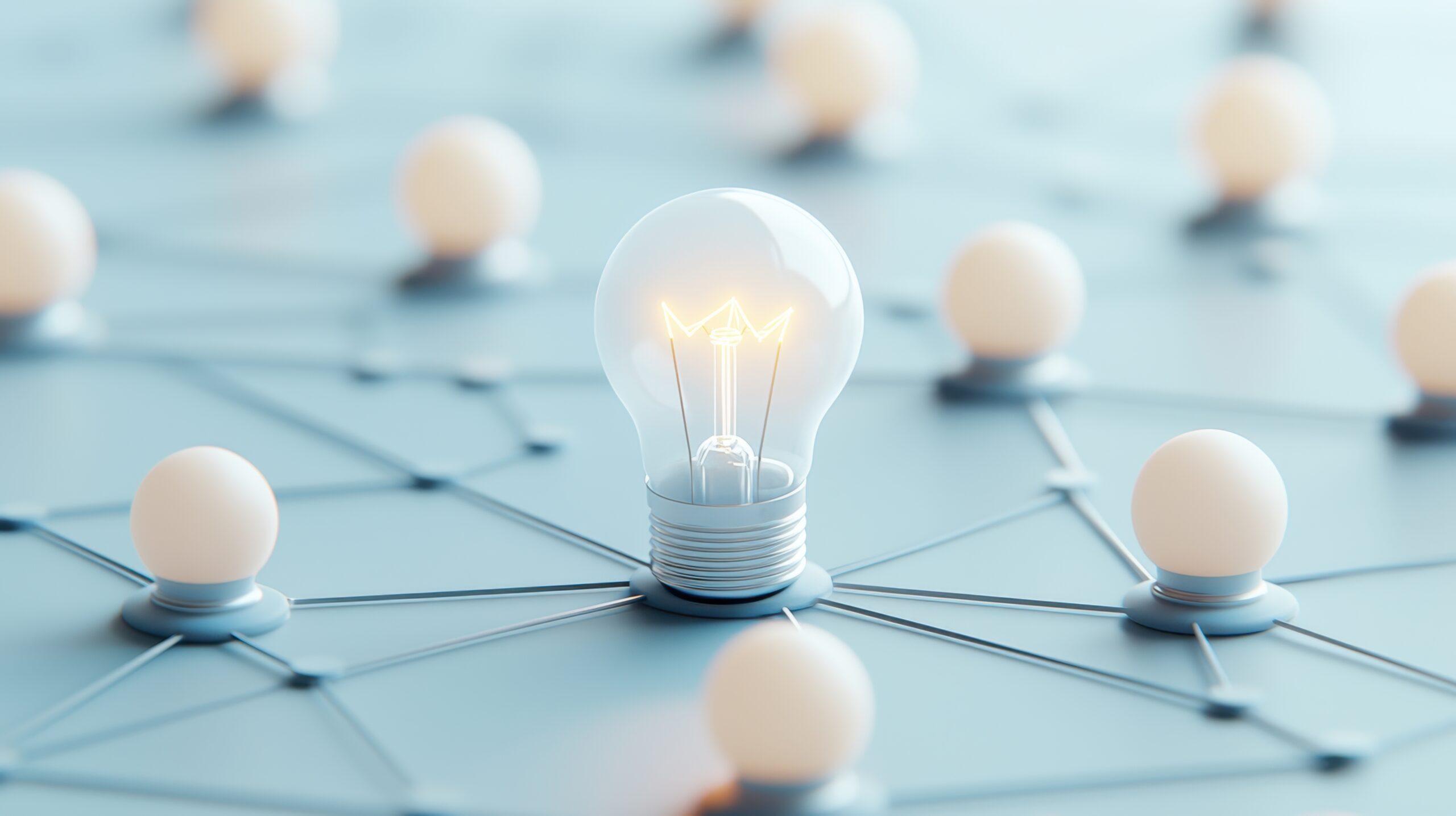By Stephen Simmang
In today’s fast-paced world, emotional resilience isn’t just a nice-to-have — it’s essential. We’re constantly juggling demands from work, family, technology, and society. Stress has become so common that many of us treat it like background noise. But the truth is, how we manage our emotions and bounce back from life’s challenges can shape our health, our relationships, and our overall sense of peace.
Emotional resilience isn’t about avoiding stress or pretending everything is fine. It’s about developing the tools and mindset to face challenges with clarity, calm, and confidence. It’s something I’ve worked on daily, and I believe it’s one of the most important investments anyone can make.
Why Emotional Resilience Matters
Early in my career, I believed success was all about pushing harder, doing more, and never letting up. That approach might work short term, but over time, it left me feeling depleted, anxious, and disconnected. I realized I needed a better way to handle pressure—not just in my work, but in life. That’s when I started to focus on emotional resilience.
Being emotionally resilient means that setbacks don’t knock you off course as easily. You’re able to recover from stress faster. You’re more grounded in who you are, and that inner stability affects everything—from how you lead, to how you love, to how you live.
It’s also crucial for health. Chronic stress has been linked to a range of issues—from poor sleep to inflammation, hormone imbalances, and even chronic disease. Strengthening emotional resilience helps reduce the stress burden on your body and supports overall wellness.
The Role of Mindfulness and Awareness
One of the first daily practices I adopted was mindfulness. That doesn’t necessarily mean sitting in silent meditation for hours. It simply means being present, tuning into your body, and becoming aware of your thoughts and emotions without judgment.
I start each morning with just 10 minutes of breathwork or meditation. Sometimes I focus on gratitude, other times I simply sit in stillness. That small window of calm sets the tone for the entire day. It helps me respond rather than react, and it creates mental space for better decision-making.
Mindfulness also means noticing the moments when you’re feeling overwhelmed and pausing before jumping into the next task. That pause can be a powerful reset.
Movement as a Release Valve
Movement has always been a big part of my life, not just for physical fitness, but for mental clarity. Whether it’s walking, yoga, or strength training, moving your body helps release tension and process emotions.
On stressful days, a quick walk outside can shift my entire mindset. There’s something about connecting with nature, getting fresh air, and physically moving through space that clears mental fog and reduces anxiety.
Regular movement doesn’t have to be intense or complicated. What matters most is consistency. Making it part of your daily rhythm creates a powerful outlet for stress and builds emotional resilience over time.
The Power of Connection
Emotional resilience isn’t just an internal practice—it’s also deeply tied to our relationships. Humans are wired for connection, and having a strong support system helps us navigate tough times with more ease.
For me, that means making time for family and close friends, even when life gets busy. It means being honest about how I’m feeling, asking for help when I need it, and supporting others in return.
One of the most grounding things I do is set aside time each week to simply check in—with my wife, with friends, or with a mentor. Those conversations often bring new perspective, encouragement, and a sense of shared strength.
Nutrition and Rest for Mental Strength
It’s easy to overlook the physical side of emotional resilience, but our brain and body are deeply connected. When I eat well, sleep enough, and stay hydrated, I’m more patient, focused, and emotionally balanced.
I’ve learned that blood sugar crashes, poor sleep, and dehydration can amplify stress and make emotional regulation harder. That’s why I prioritize whole foods, plenty of water, and quality sleep as part of my mental wellness routine.
It’s not about perfection—it’s about making small, supportive choices every day that fuel both body and mind.
A Practice, Not Perfection
One of the biggest lessons I’ve learned is that emotional resilience is a daily practice, not a destination. Some days are easier than others. There are times when stress gets the best of me, when I feel uncentered or overwhelmed—but the key is to return to the practices that help me reset.
Over time, these practices become part of your foundation. They help you stay grounded, even when life throws curveballs. They create a sense of inner stability that supports everything you do—from leading a business to showing up for loved ones to simply enjoying life more fully.
Final Thoughts
At Kale Diagnostics, we focus a lot on physical health, but we never lose sight of how important mental and emotional well-being are to the big picture. True wellness isn’t just about lab results—it’s about feeling whole, balanced, and empowered in your everyday life.
Building emotional resilience takes time, intention, and self-compassion—but the rewards are profound. It’s about creating space for calm in the chaos, finding strength in vulnerability, and choosing to live from a place of peace and purpose.
If you’re just starting on this journey, I encourage you to pick one simple practice—maybe breathwork, movement, or gratitude—and make it part of your daily life. You don’t need to overhaul everything overnight. With consistency, you’ll build a stronger, more resilient version of yourself—one day at a time.
